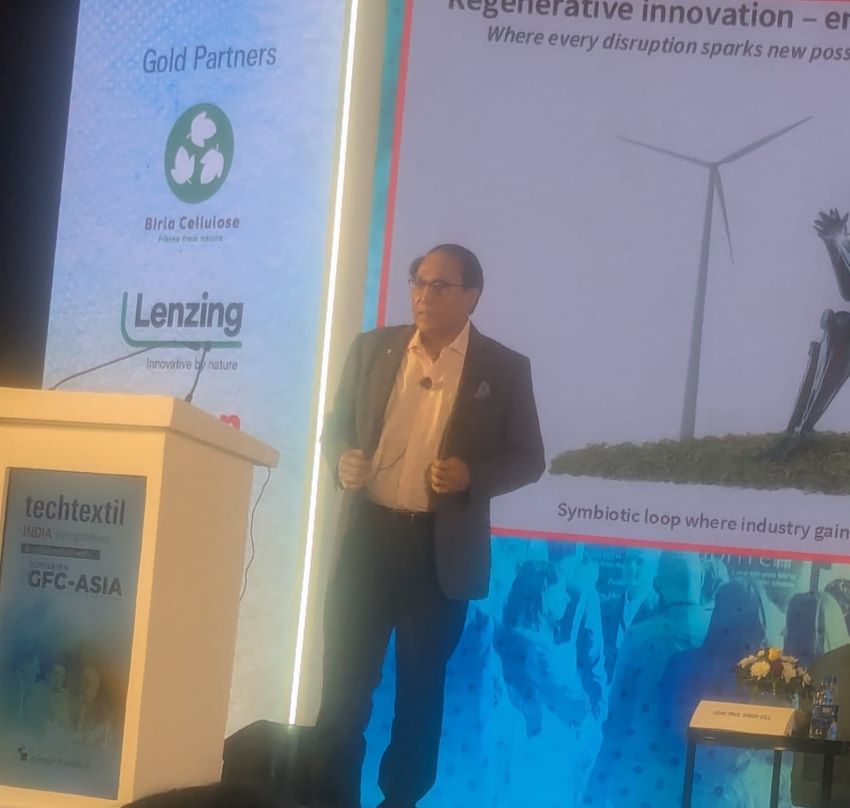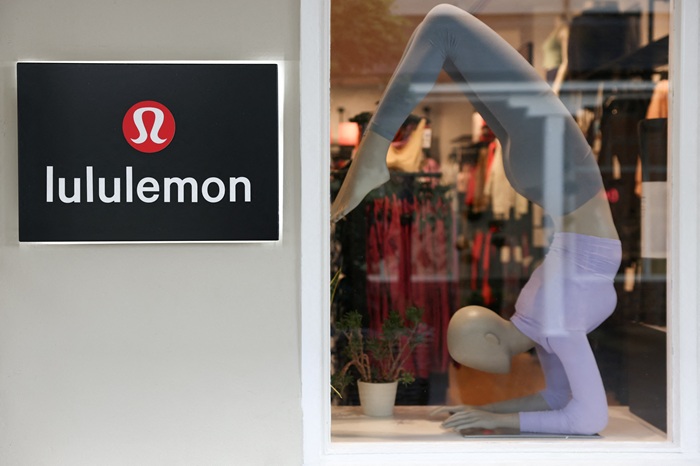FW
China's Ministry of Commerce (MOC) has requested the European Union (EU) to terminate an old practice of investigations of anti-dumping of Chinese products by the end of this year. The surrogate system adopted by the EU is set to expire in December, according to a protocol of the World Trade Organization (WTO) on China's accession 15 years ago, a MOC statement said.
All WTO members should abide by the protocol, regardless of their domestic standards or any other issues including industrial overcapacity, added the statement.
Under the current anti-dumping probe method, the EU uses costs of production in a third country to calculate the value of products from countries on its non-market economy list which includes China. The practice allows the EU to easily levy high tariffs.
The statement came after the European Commission held a second orientation debate on the treatment of China in anti-dumping investigations, considering the option to abolish the list and set up a new country-neutral method.
The Federation of Surat Textile Traders Association (FOSTTA) has opposed the fresh circular issued by the Central Excise and Customs department for bringing the saris, salwar suit and dress materials sold under a brand name and having retail prices above Rs 1,000 under the 2 per cent tax net.
FOSTTA had recently announced the formation of a committee headed by the FOSTTA president Manoj Agarwal to garner support from the textile traders and spread awareness on the 2 pre cent excise duty on saris and dress material having retail prices above Rs 1,000.
A meeting of textile traders from all markets was organized on August 1 to decide the next course of action against government decision. FOSTTA has decided to send a memorandum to the Ministry of Finance and the Ministry of Textiles stating that the saris, dress material and other fabrics manufactured in the MMF (man-made fibre) hubs should be kept out of the excise duty net as per chapter 54 of the Excise Duty Act.
Current global economic trends indicate by 2030, China would become the world's biggest market for apparel, replacing the US. And India will not be far behind, says The Cotton Incorporated Lifestyle Monitor said in its report. Although China's economy has slowed down in recent years, a report by Fung Global Retail & Technology shows consumers are optimistic and confident about their economy. They're willing to spend more in categories that include children's clothing and casual apparel.
Meanwhile, the Nielsen Global Survey of Consumer Confidence showed India's confidence is up three points from the previous quarter. These positive indicators bode well for apparel makers. GDP and apparel spending in both China and India are projected to more than double over the next 15 years, according to Euromonitor International. By 2030, China will be the world's largest apparel market, followed by the US and India.
Findings by the Euromonitor International show China's GDP is projected to be more than double from 68 trillion yuan to 144 trillion yuan by 2030. During the same period, India's GDP is projected to grow 159 per cent from Rs 137 trillion in 2015 to Rs 355 trillion.
In a country where outsourced workers represent 27 per cent (around 13 million) of the workforce in the formal sector, an IndustriALL Global Union Study of precarious workers in Brazil has highlighted the financial, psychological and physical costs of outsourcing on workers’ lives and families.
In-depth interviews were carried out with union leaders and 22 subcontracted workers in the states of Sao Paulo and Bahia. Six of the workers were women and three were migrant workers from Haiti and Bolivia. All the workers are employed by numerous subcontractor companies supplying services to seven different multinational or national companies in the chemical (plastic, cosmetic, personal care, pharmaceutical, ink), garment, and pulp and paper sectors.
The study describes the 22 subcontracted workers reported poorer working conditions and lower salaries than direct employees at their worksite. In one chemical company, they earn half the salaries of direct employees. They get also lower benefits, if they get them at all, notably lower social protection.
Many work longer hours than direct employees. In one case, subcontracted workers work 44 hours a week, compared to 39 hours by direct employees. Several have very irregular working hours, while direct employees benefit from fixed hours. Some work on Saturdays unlike their colleagues.
The study reveals that some workers said they have no access to the work canteen, and when they have; their meal voucher has a lower value than those of direct employees. They have no access to company transport services nor direct employees’ sport and leisure rooms.
The Bangladesh Textile Mills Association (BTMA) has urged the government not to raise gas prices again, saying that the proposed hike will negatively affect the country's textile and garment industry. BTMA leaders led by its vice president Fazlul Hoque met state minister for jute and textile Mirza Azam made this appeal. The delegation informed the minister that many mills will shut down if the proposed hike is implemented.
The sector will face further challenges due to recent global cotton price hike, the stimulus textile package worth rupee 60 billion by India, they expressed fear. Titas Gas Transmission and Distribution Company Ltd recently sent a proposal to Bangladesh Energy Regulatory Commission recommending 130 per cent and 62 per cent gas price hike in captive power producers and the industrial sector.
The textile sector has been passing through a hard time since the 100 per cent price hike in September last and is now facing tough competition with competitor countries, the statement added.
With around nine months still to go before the doors open, Texprocess, the leading international trade fair for processing textile and flexible materials, already boast of an outstanding number of registrations with almost 100 per cent exhibition space occupied by the fair in 2015 having been booked. Companies from 14 different countries that have already registered include many new exhibitors such as Mitsubishi Electric Europe, Inventech Europe, Gemini CAD Systems and Hatapress & Garments. In addition to national pavilions from China and Taiwan, Japan will also supplement its individual exhibitors with a joint stand for the first time. A USA presentation is also in planning.
Texprocess will present finishing technologies, with the ‘Textile Effects Lab’ special area. The World Textile Information Network (WTiN) will hold its European Printing Conference for the first time at Texprocess. Following the success of the première in 2015, the Innovative Apparel Show will be held again with one German and three European universities presenting fashion designs made of functional textiles and the associated production and processing stages. The show links Texprocess with Techtextil. Again, the IT@Texprocess area will present IT solutions for the production, logistics and distribution of textiles.
A host of new brands have signed up for Moda’s Boutique ahead of the August show that is set to open on 7th at the National Exhibition Centre in Birmingham. Moda, the meeting place of the fashion industry, has cemented its position as the UK's largest fashion trade event. The event, from August 7- 9, will also welcome women’s wear, accessories, and menswear and footwear brands.
The Boutique area within the Lingerie & Swimwear hall will feature new brands like: Balearic Beach, Wild Geese, Little White Lies Swim, Rebeliss and Splash by Della Roz while returning brands Bluebella and Kiku Design complete the lineup.
According to event director Penny Robinson, the Boutique concept has evolved over the last year and is now firmly established within the wider lingerie and swimwear exhibition. Visitors enjoy the opportunity to discover inspiring new design alongside their core brands while the brands themselves can take advantage of a unique opportunity to launch their collections to the trade on an accessible platform within the setting of the industry’s biggest trade exhibition.
This season Moda will launch a new, dedicated hall for lingerie & swimwear brands, delivering a more intimate and focused setting with over 200 new and emerging brands.
South Korea’s original equipment manufacturers (OEMs) and original design manufacturers (ODMs) who supply products to top global clothing labels have started nurturing their own brands. These include well-known OEM and ODM companies include Hansae, Sae-A Trading, Youngone Corporation and Simone.
OEM and ODM companies often face growth limitations as they are in an environment where they need to offer end-products at cheaper prices than actual labels would receive. They are also under the burden of having had to constantly shift their production bases - for example from China to Southeast Asia where labour cost is cheaper.
Hansae for example has been expanding based on its own brands by promoting aggressive merger and acquisitions. Last month, the company made news when it acquired MK Trend, a local apparel maker with $253 million worth of annual sales. MK Trend has fared well despite a slump in business. Brands include casual-wear TBJ, Andew, Buckaroo and NBA. The company also recently launched golf-wear brand, LPGA.
Industry observers note that Hansae decided to acquire MK Trend as it judged that growth would be limited by producing goods on a consignment basis for American fashion brands including Gap, Nike, American eagle and Kohl’s.
Pakistan’s ministry of textile industry has expressed concern over the 28 per cent drop in cotton production during 2015-16 caused by climate change-induced phenomena like heavy rainfall, high temperatures and major pest outbreaks. Theses have taken a heavy toll on Pakistan’s cotton growing districts of Punjab and Sindh province this year. Khalid Abdullah, the country’s cotton commissioner said erratic weather has proved lethal for the production of cotton one of the country’s key cash crops.
Last year was the hottest season in the cotton growing regions over the past decade and with similar weather conditions predicted for next year, cotton production may continue to slide. However, government incentives, such as lower costs for fertiliser and pesticide will help farmers compensate their losses, he hoped.
According to the Pakistan Economic Survey 2015-16, cotton contributes to 1 per cent of Pakistan’s GDP and 5 per cent of the country’s agriculture value-added. The survey shows cotton production has dropped dramatically with the industry missing its 5.5 per cent growth target. To maintain supply of cotton to the textile industry, imports of raw cotton increased to 345,000 tons, a growth of over 250 per cent compared to the same period last year.
Karl Mayer, the market leader and driving force in textile machinery, will make a double presence at ITMA ASIA + CITME at the National Exhibition and Convention Centre in Shanghai from October 21 to 25 and simultaneously at an in-house exhibition at Karl Mayer (China) in Wujin.
ITMA ASIA + CITME 2016 is the most important trade fair for the Asia’s textile industry. With intervals between the events, this leading trade fair determines the innovation cycles within the sector. The technology and market leader offers perfect solutions for warp knitting, technical textiles and warp preparation for weaving and will be one of the top addresses for visitors of the fair.
Visitors can look forward to viewing a wide range of exhibits. In the lace sector, a fundamental new development in the multibar jacquard machine sector will set the standard in terms of the cost: benefit ratio and will be demonstrating the potential for producing a wide range of new and different product designs.
In the tricot sector, textile machine manufacturer continues the generation change that has been initiated at ITMA 2015 in Milan. There is high demand for the first model to feature the upgrade, the HKS 2-SE, with a modern machine design, KARL MAYER’s new KAMCOS® 2 platform with additional App functions, camera monitoring system and the LEO® Low Energy Option for up to 10 % less energy consumption, reducing costs and environmental loads. HKS machines with EL provide simple and rapid pattern change for producing short runs and development of new products. An almost limitless range of long pattern repeats, and consequently pattern designs, can be produced.
Last but not the least, the warping machine that can be used for conventional direct warping as well as sectional warping will be shown. The warp-for-warp technique requires only a few packages. Karl Mayer’ Warp Preparation Business Unit will be showcasing an innovative sectional warping machine for processing shirtings and cloths. This machine operates at an impressive level of productivity. It improves efficiency in weaving preparation by up to 30 per cent and by up to 3 per cent in weaving compared to other models on the market. The company will also be showing the innovation Size Box HSB with pre-wetting and the technical textiles business unit will focus on lightweight construction and geo textiles.












